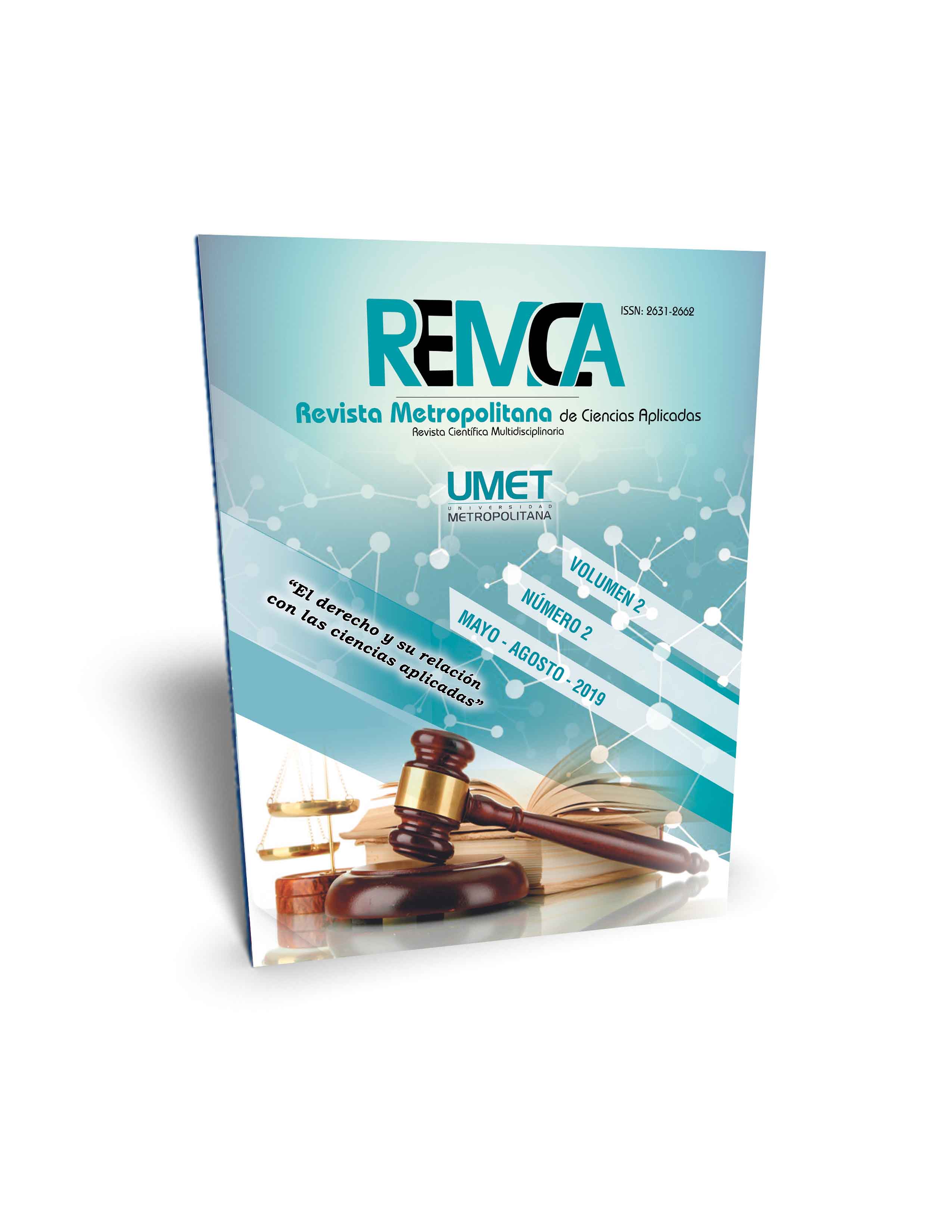The precautionary principle and its influence on environmental ecuadorian law
DOI:
https://doi.org/10.62452/fjfkep66Keywords:
Caution, environmental law, human rightsAbstract
The main objective of this article is to identify how the precautionary principle in environmental matters is born, and to determine the importance that it has within Ecuadorian legislation, through the analysis of international and national regulations. It should be noted that reference is made to the study of an advisory opinion issued by the Inter-American Court of Human Rights, particularly number OC-23/17 under the identification of the Environment and Human Rights, requested by the Republic of Colombia. In the study process, an exploratory investigation was carried out, based on the analysis of documents, through comparative law. This research is based on the determination and great impact or influence of international criteria of the precautionary principle in Ecuador, thus demonstrating the interdependence of human rights.
Downloads
References
Alexy, R. (2014). Teoría de los Derechos Fundamentales. Madrid: Centro de estudios políticos y constitucionales.
Comunidad Económica Europea. (1990). Declaración sobre el desarrollo sostenible en la región de la Comunidad Económica Europea. Bergen: CEE.
Corte Interamericana de Derechos Humanos. (2017). Opinión consultiva número OC-23/17. San José de Costa Rica: CIDH.
Dworkin, R. (2002). Los derechos en serio. Barcelona: Ariel.
Ecuador. Asamblea Nacional Constituyente. (2008). Constitución del Ecuador. Montecristi: Asamblea Nacional Constituyente
Ecuador. Asamblea Nacional Constituyente. (2018). Código Orgánico Ambiental. Quito: Asamblea Nacional Constituyente
Mosset, J., Hutchinson, T., & Donna, E. (2011). Daño Ambiental. Santa Fe: Rubinzal Culzoni Editores.
Organización de Estados Americanos. (1969). Convención Americana sobre Derechos Humanos. San José de Costa Rica: OEA.
Organización de Naciones Unidas. (1992). Conferencia de las Naciones Unidas sobre el Medio Ambiente y el Desarrollo. Río de Janeiro: ONU.
Organización de Naciones Unidas. (2001). El principio precautorio en el derecho y la política internacional. (p. 8). Santiago de Chile: ONU.
Real Academia Española. (2001). Diccionario de la lengua española (21.aed.). Madrid: RAE.
Rivera, G. (2015). La técnica, la sociedad de riesgo y el principio precautorio Recuperado de http://lasociedadderiesgo.blogspot.com/2015/02/la-tecnica-la-sociedad-de-riesgo-y-el_51.html
Downloads
Published
Issue
Section
License
Copyright (c) 2019 Ana Andreina Tacuri Hidalgo, Jimmy Alberto Valarezo Román (Autor/a)

This work is licensed under a Creative Commons Attribution-NonCommercial-ShareAlike 4.0 International License.
Authors who publish in Revista Metropolitana de Ciencias Aplicadas (REMCA), agree to the following terms:
1. Copyright
Authors retain unrestricted copyright to their work. Authors grant the journal the right of first publication. To this end, they assign the journal non-exclusive exploitation rights (reproduction, distribution, public communication, and transformation). Authors may enter into additional agreements for the non-exclusive distribution of the version of the work published in the journal, provided that acknowledgment of its initial publication in this journal is given.
© The authors.
2. License
The articles are published in the journal under the Creative Commons Attribution-NonCommercial-ShareAlike 4.0 International License (CC BY-NC-SA 4.0). The terms can be found at: https://creativecommons.org/licenses/by-nc-sa/4.0/deed.en
This license allows:
- Sharing: Copying and redistributing the material in any medium or format.
- Adapting: Remixing, transforming, and building upon the material.
Under the following terms:
- Attribution: You must give appropriate credit, provide a link to the license, and indicate if any changes were made. You may do this in any reasonable manner, but not in any way that suggests the licensor endorses or sponsors your use.
- NonCommercial: You may not use the material for commercial purposes.
- ShareAlike: If you remix, transform, or build upon the material, you must distribute your creation under the same license as the original work.
There are no additional restrictions. You may not apply legal terms or technological measures that legally restrict others from doing anything the license permits.




